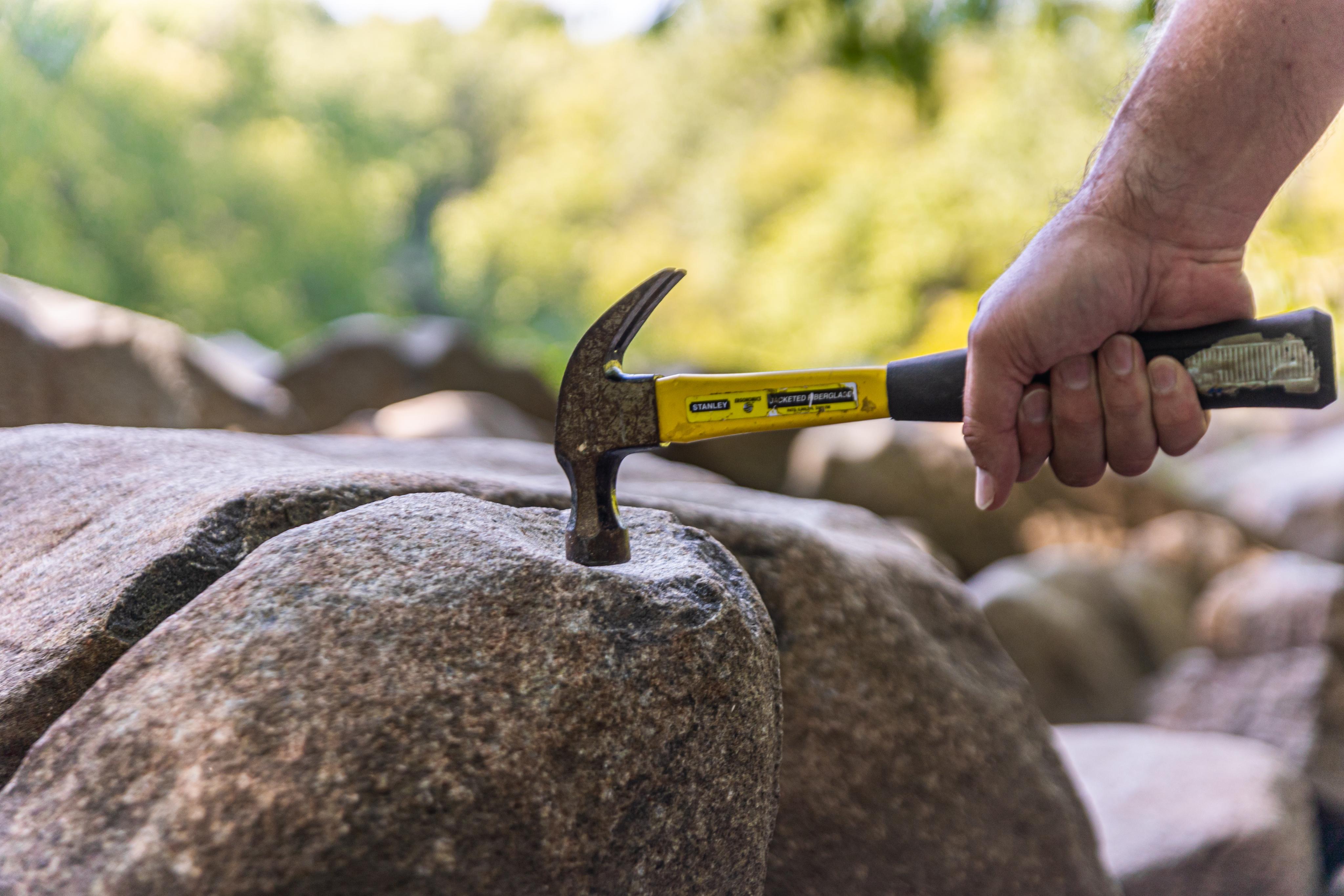
The United States Forest Service (USFS), which is responsible to manage federal lands and monument national forests, is the United States Forest Service. Its mission consists of protecting and conserving the country’s natural resources. It administers several programs that improve the management of these natural resources. One of the programs is National Recreation Strategy, which focuses on forest fire research.
The development of national forests began in the mid-19th century. The first regional forester was appointed by Edward T. Allen in the Pacific Northwest Region. In the early decades of the 20th-century, the majority of national forests was managed for timber harvesting or grazing. Because of this, recreation on these lands was not a rapid development. The Roaring Twenties saw a great deal of growth in recreation. From campgrounds to road construction, there were more ways to enjoy national forests than ever before.
The Forest Service maintained 12 regional research stations in the 1920s. These stations provided data necessary for managing federal forests and were responsible to providing dendrological information. After World War II however, the demand for additional forestry research increased. The Civilian Conservation Corps was established in the 1930s. Enrollees were assigned to the West to fight wildfires. CCC built hundreds upon hundreds of lookout stations to help locate and battle fires. In the 1940s, over a thousand men were assigned to fighting fires. Although a few women were hired, they seldom worked in the field.
In the 1950s the Forest Service took over primary responsibility for the protection of rural areas from fire. Its first step in this direction was the creation of the Division of Fire Research. It was also granted the authority to create cooperative units. This legislation changed how the Forest Service operated, and gave it the authority to establish cooperative units.
The Forest Service also created a professional standard for firefighters. It was also known as the "10 am" policy. This policy required that fires were contained by 10 AM after receiving a reported fire. This was also a Federal agency stipulation.
As the Roaring 20s began to fade away, the Forest Service created a National Recreation Strategy to address changing socio-economic conditions. The strategy called for public-private partnerships in outdoor recreation.
The creation of a network of computers to track lightning strikes was a key part of the strategy. The network, which has now grown to over a hundred stations nationwide, is also used to monitor the location of fires that start during lightning storms. The Forest Service is implementing an ecosystem-based approach towards forest management.
Forest Service's efforts are reflected in the success story of the National Recreation Strategy. Its research also has played an important role in shaping the agency's operations. The Wagon Wheel Gap watershed study was an example of a joint U.S.-American project. Weather Bureau and Forest Service. The study was the precursor to the creation and operation of the National Park Service (NWT) and the National Wildlife Refuge System.